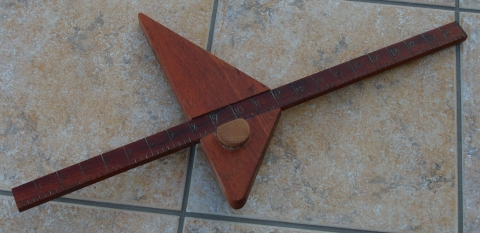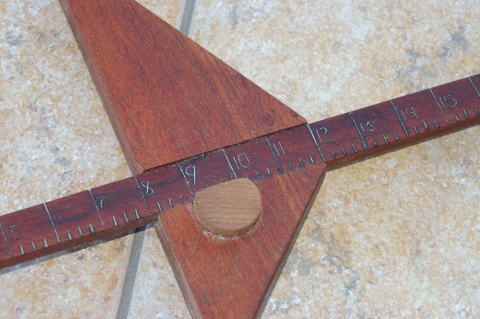First thing you need is a really precise hexagon template. Enough other errors will creep into your work, you need to start with a good pattern.
Fortunately this is fairly easy to do manage, and you don’t need a lot of expensive stuff. A compass and some paper will do quite nicely.
Here is what you need to know to make a lot of precise shapes.

This pattern can be made easily and precisely with a compass. With it you can draw a hexagon, an equalateral triangle and a 30 degree /60 degree diamond. With the hexagon, it is easy to create a perfect ‘Star of David’ and a few other nice forms as well.
Here is how you do it.
You draw a circle and then draw another circle the same size, with the center of the second one on the first circle.

Then you add another, with it’s center placed on one of the intersections of the two previous circles.

Nice pattern all by itself. You can make a nice triangle just by marking lines from the outer intersections to each other.
Then you add another circle in the same manner.

And after adding two more to go all the way around the first circle, you get this.

This takes us back to the first image, and shows us how to make a precise hexagon.

Bob















 A page Dedicated to My Writing
A page Dedicated to My Writing
Recent Comments